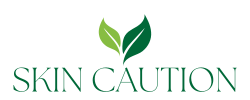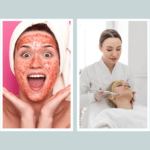
If you have acne-prone skin, you know how challenging it can be to maintain clear, healthy skin. But don’t worry—with the right skincare routine, you can manage acne effectively and prevent future breakouts. In this blog post, we’ll guide you through a step-by-step skincare routine tailored for acne-prone skin. Plus, we’ll share tips and interlink helpful articles to give you a complete understanding of acne management.
Table of Contents
Step 1: Gentle Cleansing
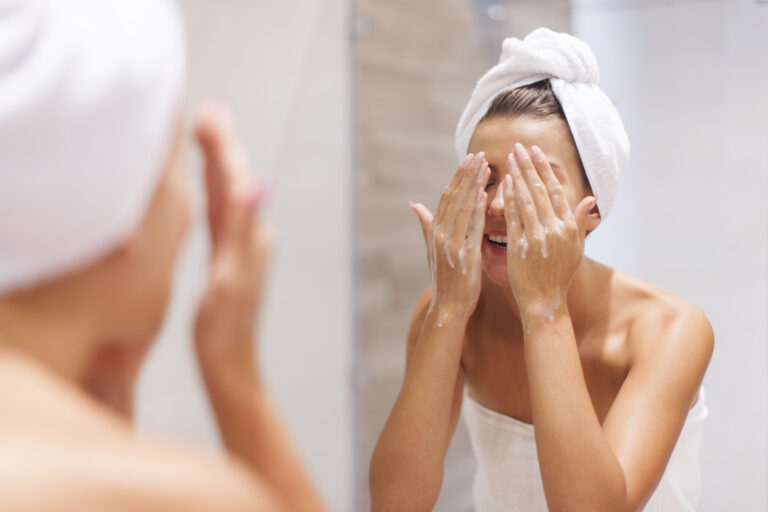
Start your routine with a gentle cleanser that removes dirt, excess oil, and makeup without stripping your skin. Look for a product that is non-comedogenic and sulfate-free. Washing your face twice a day (morning and night) is crucial to keeping your pores clean. However, over-cleansing can irritate your skin and make acne worse, so keep it balanced.
Want to understand why acne happens in the first place? Check out What Causes Acne? Myths and Facts You Need to Know to bust some common misconceptions about acne and learn its real causes.
Step 2: Exfoliation (But Not Every Day)
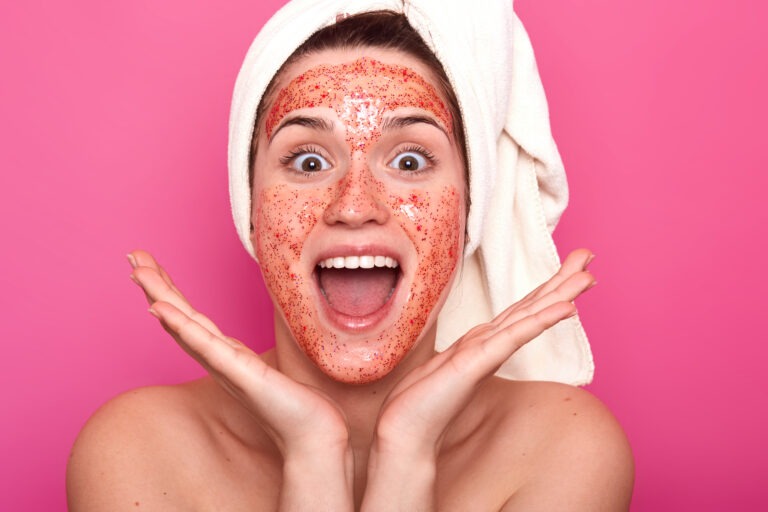
Exfoliating your skin can help remove dead skin cells that clog pores, but doing it too often can lead to irritation. Use a gentle exfoliant with ingredients like salicylic acid or glycolic acid 2-3 times a week. These ingredients penetrate deep into the pores to prevent blockages and reduce inflammation.
For more information on effective acne-fighting ingredients, check out 10 Powerful Ingredients to Treat and Prevent Acne to discover what works best for your skin type.
Step 3: Use a Targeted Treatment
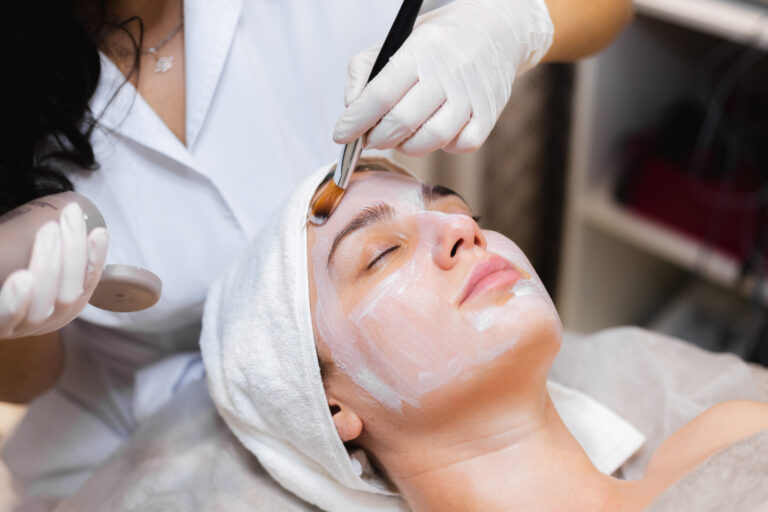
After cleansing and exfoliating, apply a targeted treatment to address acne. This could include products with benzoyl peroxide, retinoids, or tea tree oil. These treatments help reduce bacteria, unclog pores, and speed up skin cell turnover.
If you’re debating between home remedies and clinical treatments, our blog Home Remedies vs. Treatments: What Works Best for Acne? can help you decide what might work better for your skin.
Step 4: Hydrate with a Lightweight Moisturizer

It’s a common myth that acne-prone skin doesn’t need moisturizer. Skipping this step can lead to dehydration, which triggers more oil production. Use a lightweight, oil-free moisturizer to keep your skin hydrated without clogging your pores.
Step 5: Apply Sunscreen Daily

Sun protection is essential for all skin types, including acne-prone skin. UV rays can worsen acne scars and make your skin more sensitive, especially if you’re using active ingredients like retinoids. Opt for a broad-spectrum, non-comedogenic sunscreen with SPF 30 or higher.
Step 6: Night-Time Routine

Your nighttime skincare routine should focus on repairing and rejuvenating your skin. After cleansing, apply a hydrating serum or treatment to soothe inflammation and promote healing. Avoid heavy creams that can clog your pores.
Bonus Tips for Managing Acne-Prone Skin

- Avoid touching your face frequently, as your hands carry dirt and bacteria.
- Clean your makeup brushes regularly.
- Stay consistent with your skincare routine.
- Incorporate a healthy diet and lifestyle.
Did you know that what you eat can influence your acne? Read How Diet and Lifestyle Can Affect Your Acne Breakouts to learn how to make changes that benefit your skin.
Long-Term Prevention: Stay Ahead of Acne

Consistency is key to maintaining clear skin. Even when your acne improves, stick to your routine to prevent new breakouts.
Conclusion

Managing acne-prone skin doesn’t have to be overwhelming. By following this skincare routine and staying informed, you can achieve healthier, clearer skin. Remember, everyone’s skin is different, so it might take some time to find the perfect products for you. And don’t forget to explore our related articles for a deeper understanding of acne care and prevention.
Your journey to clear skin starts today!
